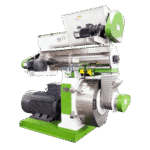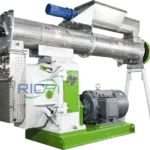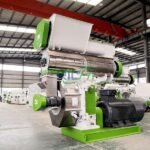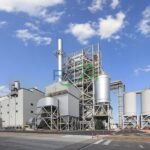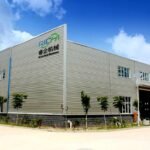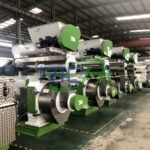In the industrial drying sector, mesh belt dryers have become indispensable for their versatility and efficiency across various applications. Understanding the cost dynamics associated with these machines is crucial for making informed investment decisions. Here’s a comprehensive exploration of the factors influencing mesh belt dryer costs, their price range based on capacity, and strategies for cost optimization.
Factors Influencing Mesh Belt Dryer Costs
- Dryer Capacity and Size:
- Primary Influence: Larger dryers with higher capacities entail greater complexity, material requirements, and energy consumption, leading to higher costs.
- Drying Technology and Configuration:
- Significant Impact: Different drying technologies (convection, conduction, radiation) and configurations (single-pass, multi-pass) influence dryer cost based on efficiency and output quality.
- Automation and Control Systems:
- Added Value: Advanced systems like PLCs, HMIs, and remote monitoring enhance operational efficiency but also contribute to higher initial costs.
- Material of Construction:
- Durability Factor: Materials like stainless steel offer durability and corrosion resistance, with specialized alloys or coatings increasing costs for specific applications.
- Energy Efficiency and Sustainability Features:
- Long-term Savings: Incorporating energy-efficient technologies such as heat recovery systems or renewable energy integration can reduce operating costs despite initial investment increases.
- Customization and Integration Requirements:
- Tailored Solutions: Customizing dryers for specific production needs or integrating them into existing lines necessitates specialized engineering and installation, impacting overall costs.
- Brand and Manufacturer Reputation:
- Quality Assurance: Established brands and manufacturers may command higher prices due to reliability, warranty support, and industry reputation.
Related post: https://www.richipelletmachine.com/animal-feed-dryer/
Exploring Cost Ranges by Dryer Capacity
- Small-Scale Mesh Belt Dryers (up to 1 ton/hour):
- Price Range: $20,000 to $100,000
- Application: Small operations, pilot plants
- Medium-Scale Mesh Belt Dryers (1-5 tons/hour):
- Price Range: $100,000 to $500,000
- Application: Medium-sized industrial operations, commercial ventures
- Large-Scale Mesh Belt Dryers (5+ tons/hour):
- Price Range: $500,000 to several million dollars
- Application: Large industrial applications, high-volume production facilities
Note: Prices are approximate and vary based on specific features, customization, and manufacturer.
Cost Optimization Strategies for Mesh Belt Dryers
- Energy Efficiency Measures:
- Implementing heat recovery systems, variable frequency drives (VFDs), or renewable energy sources can reduce operational costs significantly over the dryer’s lifespan.
- Preventive Maintenance and Lifecycle Management:
- Developing a robust maintenance program extends dryer lifespan, reduces downtime, and prevents costly repairs.
- Process Optimization and Automation:
- Advanced automation systems optimize drying processes, minimize waste, and improve product consistency, enhancing overall efficiency and cost-effectiveness.
- Bulk Purchasing and Negotiation:
- For large-scale operations, bulk purchases or negotiating package deals with manufacturers can yield substantial cost savings.
- Financing Options and Incentives:
- Exploring leasing, equipment loans, or incentives for energy-efficient technologies can ease initial financial burdens and enhance ROI.
- Collaboration and Knowledge Sharing:
- Engaging with industry peers, attending conferences, and leveraging knowledge-sharing platforms can provide insights into best practices and emerging cost-saving strategies.
Evaluating Long-Term Return on Investment (ROI)
- Operational Efficiency: Reduced energy consumption, minimized waste, and improved product quality contribute to long-term cost savings and profitability.
- Regulatory Compliance: Meeting stringent standards enhances market opportunities and customer trust, amplifying the dryer’s value proposition.
- Sustainable Practices: Investing in efficient drying technologies aligns with global sustainability goals, supporting resource efficiency and environmental stewardship.
In conclusion, while the upfront investment in mesh belt dryers can be substantial, understanding the cost drivers and implementing effective cost optimization strategies can maximize ROI, ensure operational efficiency, and align with sustainable business practices in industrial drying applications.
For details please contact: Richi manufacture
WhatsApp:86 138 3838 9622
Email:enquiry@richipelletmachine.com
